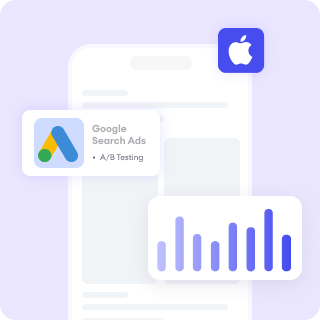What Is Core Web Vitals?
Core Web Vitals are a set of specific metrics introduced by Google to measure the quality of user experience on a website. They assess key aspects like page load performance, interactivity, and visual stability, forming a critical component of Google’s Page Experience ranking factor.
Learn more: How To Evaluate Your Core Web Vitals (CWV) Health
Learn more: What Happens If Core Web Vitals (CWV) Are Not Optimized?
The Importance Of Core Web Vitals
Core Web Vitals influence both user satisfaction and search engine rankings. Websites with poor scores may face reduced visibility in search results, while those with optimized vitals enjoy higher engagement and conversions.
Types Of Core Web Vitals
- Largest Contentful Paint (LCP): Measures how long it takes for the largest visible content (e.g., an image or headline) to load.
- First Input Delay (FID): Measures the time between a user’s first interaction (e.g., clicking a button) and the browser’s response.
- Cumulative Layout Shift (CLS): Assesses the stability of content during loading to prevent unexpected layout shifts.
Examples Of Core Web Vitals
- An e-commerce page with a slow-loading product image fails the LCP metric.
- A blog with pop-up ads causing content to shift during loading fails the CLS metric.
Best Practices For Core Web Vitals
- Optimize Images: Compress and use next-generation formats (e.g., WebP).
- Minimize JavaScript: Reduce render-blocking scripts and defer unnecessary JavaScript.
- Use Lazy Loading: Load images and videos only when they enter the user’s viewport.
- Implement Font Optimization: Avoid font-related layout shifts by preloading critical fonts.
- Ensure Mobile-Friendliness: Test pages across devices to guarantee consistent performance.
Key Aspects Of Core Web Vitals
- Mobile vs. Desktop Performance: Core Web Vitals tend to vary between devices; optimizing for mobile is crucial.
- Server Response Time: Slow servers impact LCP. Utilize faster hosting and Content Delivery Networks (CDNs).
- User Interactivity: FID reflects how responsive a site feels to user actions.
- Third-Party Scripts: Ads, analytics, or plugins can slow down performance.
- Testing Tools: Use Google’s PageSpeed Insights, Lighthouse, and Search Console to monitor Core Web Vitals performance.
Challenges For Core Web Vitals
- Resolving third-party script issues without compromising functionality.
- Balancing aesthetics and user experience with performance needs.
- Consistently maintaining scores after adding new features or content.
Relevant Metrics
- LCP (should be under 2.5 seconds).
- FID (should be under 100 milliseconds).
- CLS (should be under 0.1).







